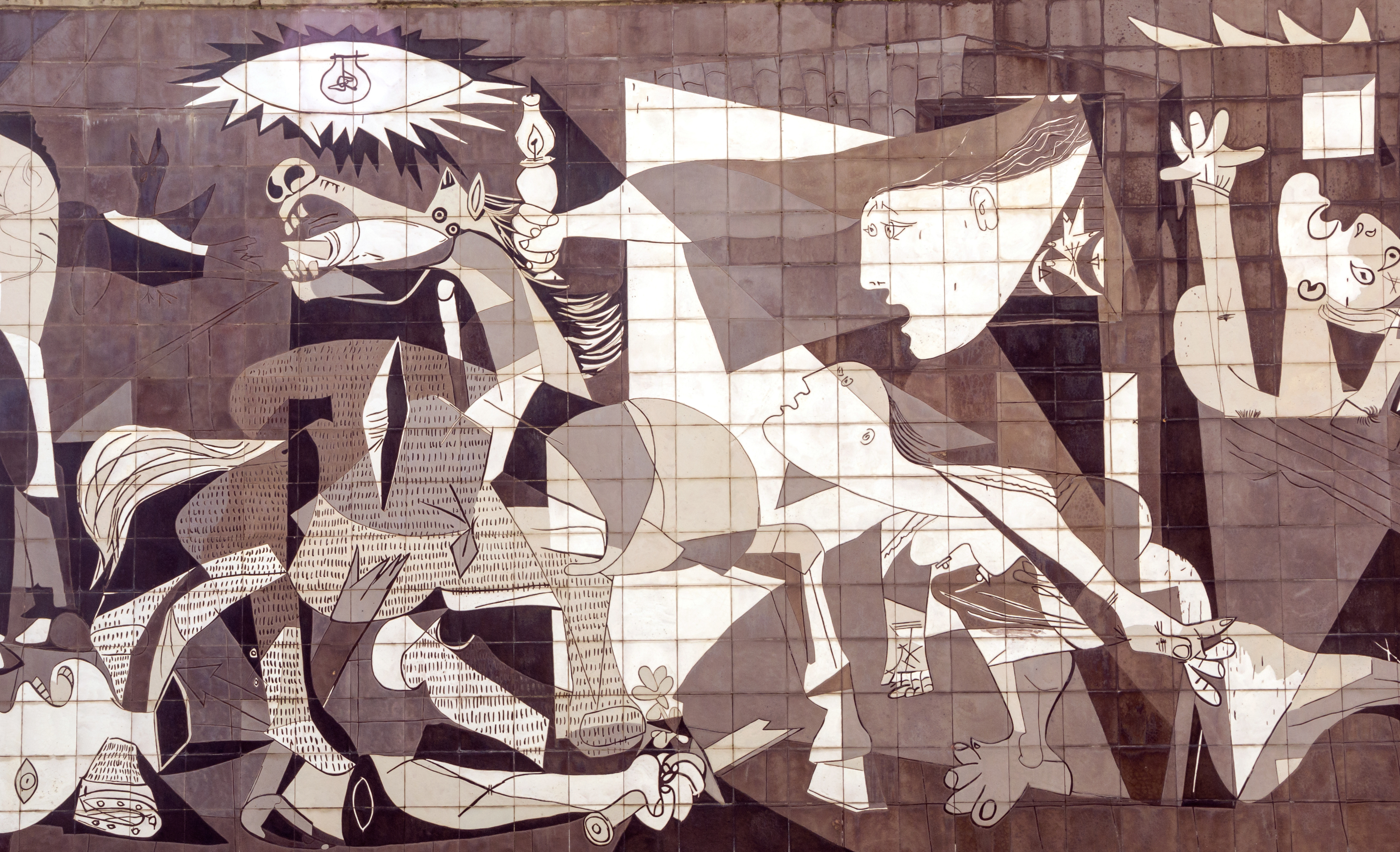By Esinam Asima
Art has always served as a powerful medium for expressing the realities with war and conflict. Art has the capability to evoke raw emotion and portray this emotion to it’s viewers. “Art does not reproduce the visible; rather, it makes visible”, Paul Klee explains, who translates illuminating aspects of the human experience into art, for example, thoughts, feeling and cultural contexts, that go beyond surface appearances.
Historical context
Artists such as Picasso are able to capture the chaos and horrors of war. The cubist style in Guernica creates a sense of fragmentation and the colour palette of the piece is monochromatic, enhancing the feeling of despair of the people during the Spanish Civil War.
Visual Art and Literature
Writers like Erich Maria Remarque in ‘All Quiet on the Western Front’ provide visceral narration of the soldiers’ experiences. Through his work, Remarque is able to explore the moral question surrounding war and leave his readers with though-provoking questions on the ethics of war and conflict.
Music and Performance
Songs such as ‘Revolution and ‘Give Peace a Chance’ performed by The Beatles played an influential role in the counterculture movement of the 1960s, with their songs addressing the political and social unrest of that era. These songs are still relevant to today and their ability to blend catchy melodies with deep messages allow them to reach a wide audience.
Digital and Street Art
Banksy is a popular British street artist who has, and continues to create numerous pieces that criticise war and conflict. For example, ‘Bomb Love’. This small child displays no fear; her expression and smile reveal that she is perfectly comfortable holding this frightening bomb. ‘Bomb Love’ demonstrates how accustomed and desensitised we have become as a culture to combat.
Healing and Reconciliation
Art therapy workshops and community art initiatives are critical for processing trauma and encouraging reconciliation in post-conflict communities. Art therapy enables people to explore deeper feelings associated to trauma, providing a safe space for self-discovery and resilience. Meanwhile, community art projects promote debate and understanding, as well as collective healing and the restoration of cultural identity.
